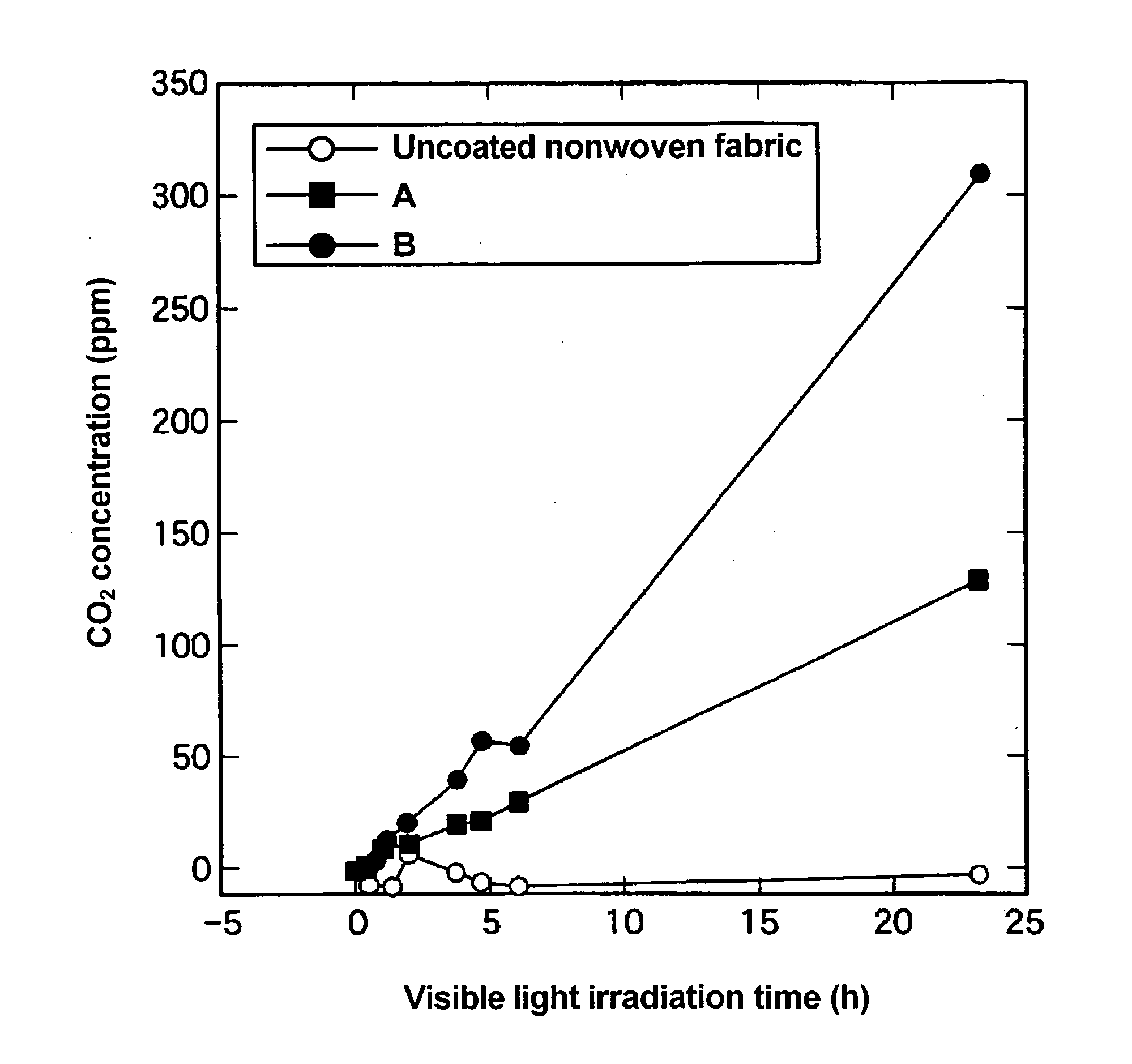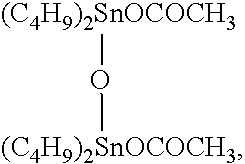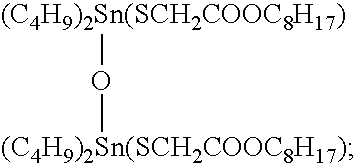Composition for photocatalyst coating and coating film
a technology of coating film and photocatalyst, which is applied in the direction of coatings, physical/chemical process catalysts, impression caps, etc., can solve the problems of deteriorating film transparency, dispersion stability deteriorating with increasing the content of fine metal particles, and conventional coating compositions have problems in dispersion properties and stability, etc., to achieve high transparency, good dispersions storage stability, and adequate photocatalytic action
- Summary
- Abstract
- Description
- Claims
- Application Information
AI Technical Summary
Benefits of technology
Problems solved by technology
Method used
Image
Examples
synthetic example 1
[0194] Titanium oxide powder (ST01, available from ISHIHARA SANGYO KAISHA, LTD.) having a primary particle diameter of 7 nm was heat-treated in an ammonia-containing atmosphere at 600° C. to give visible light-sensitive photocatalytic powder A (primary particle diameter: 19 nm)
synthetic example 2
[0195] A mixture of titanium oxide powder (STO, available from ISHIHARA SANGYO KAISHA, LTD.) having a primary particle diameter of 7 nm and urea capable of adsorbing to titanium oxide at ordinary temperature, was heated at temperatures in the range of 250 to 350° C. to give visible light-sensitive photocatalytic powder B.
example 1
[0196] A container was charged with 60 parts of the visible light-sensitive photocatalytic powder A prepared in Synthetic Example 1 as photocatalytic material (a), 32 parts of decamer of tetra-n-butoxy titanium (trade name: B-10, available from NIPPON SODA CO., LTD.) as titanium compound (b), 200 parts of methyltrimethoxysilane as silane compound (c), 41 parts of epoxy / polyoxyalkylene / alkoxy-modified dimethylpolysiloxane (MAC-2101, available from Nippon Unicar Co., Ltd.) as organosiloxane oligomer (d), and 44 parts of isopropyl alcohol as organic solvent (e). Further, 300 parts of 0.3 mm-diameter zirconia beads were added. These components were stirred using a bead mill at 1500 rpm for 1 hour to disperse them. Subsequently, 577 parts of i-propyl alcohol as organic solvent (e) was added. After the beads had been removed, 10 parts of di-i-propoxy ethylacetoacetate aluminum as catalyst (f) and 50 parts of water (e) were added, followed by stirring at 60° C. for 4 hours. Thus, a photoca...
PUM
| Property | Measurement | Unit |
|---|---|---|
| Wavelength | aaaaa | aaaaa |
| Composition | aaaaa | aaaaa |
| Photocatalytic properties | aaaaa | aaaaa |
Abstract
Description
Claims
Application Information
 Login to View More
Login to View More - R&D
- Intellectual Property
- Life Sciences
- Materials
- Tech Scout
- Unparalleled Data Quality
- Higher Quality Content
- 60% Fewer Hallucinations
Browse by: Latest US Patents, China's latest patents, Technical Efficacy Thesaurus, Application Domain, Technology Topic, Popular Technical Reports.
© 2025 PatSnap. All rights reserved.Legal|Privacy policy|Modern Slavery Act Transparency Statement|Sitemap|About US| Contact US: help@patsnap.com



